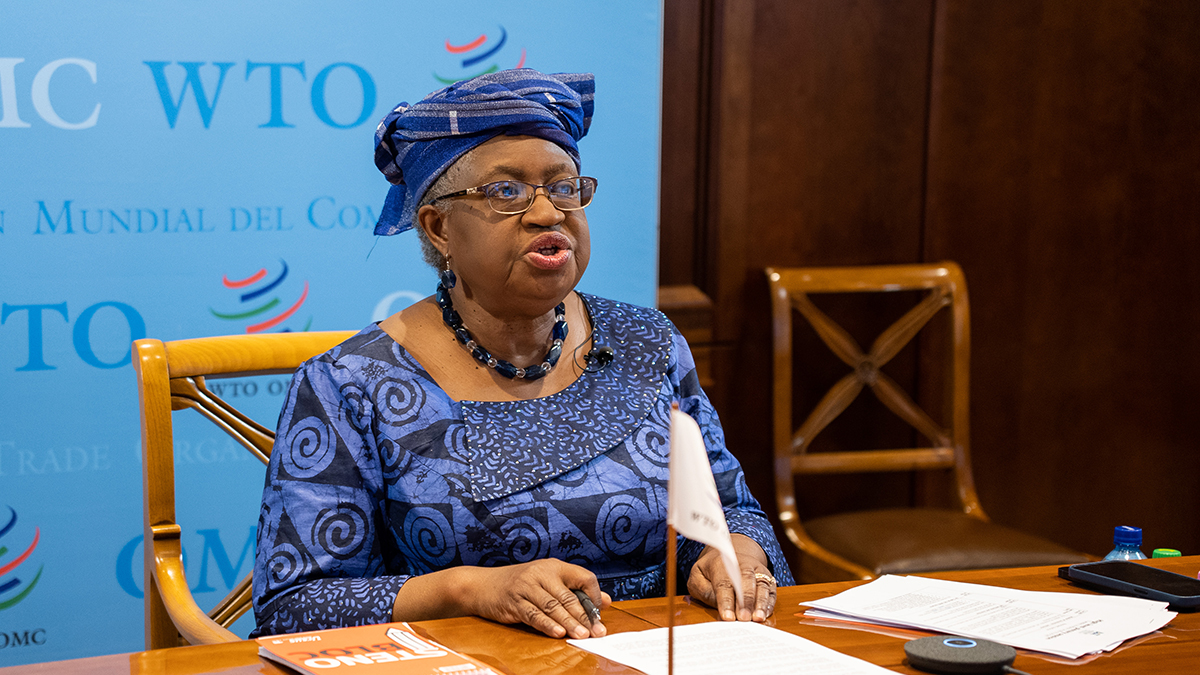According to the World Trade Organization (WTO), Africa is poised to experience the fastest export growth rate globally in 2024, projected at 5.3%, surpassing other regions.
The report highlights that Africa’s exports are expected to rebound to levels exceeding before the pandemic. However, imports are anticipated to lag due to higher energy and commodity prices. Notably, between 2019 and 2023, the continent witnessed a 5% decline in imports, the steepest among all regions, indicating that export growth did not translate proportionally into increased consumption and income across Africa.
The report states, “If current projections hold, Africa’s exports will grow faster than any other region in 2024, up 5.3% from a low base since the continent’s exports remained depressed after the COVID-19 pandemic.”
Trade in Digital Services
In terms of digital goods trade, Africa experienced growth in its exports of digital goods, although this category accounted for only 0.9% of total exports in that segment. Globally, exports of digital services expanded by 9% in 2023, reaching $4.25 trillion, constituting approximately 13.8% of global exports of goods and services.
Risks to the Outlook
The WTO report forecasts global trade to increase by 2.6% in 2023 and 3.3% in 2024, following a decline of -1.2% in the previous year. However, it identifies several risks, including geopolitical uncertainties, policy shifts, conflicts in Europe and the Middle East, and their potential impact on global supply chains. Additionally, climate change effects in the Panama Canal pose further risks.
Specifically, the report points to potential trade disruptions in the Suez Canal, a critical route handling approximately 12% of global trade between Europe and Asia. It warns that the 10-day detour around the Cape of Good Hope could increase container rates, which only began to stabilize to pre-pandemic levels in the middle of last year.
Moreover, the report anticipates spikes in food and energy prices, along with elevated interest rates in advanced economies, as additional factors that could hinder global trade recovery from its negative growth in 2023.











